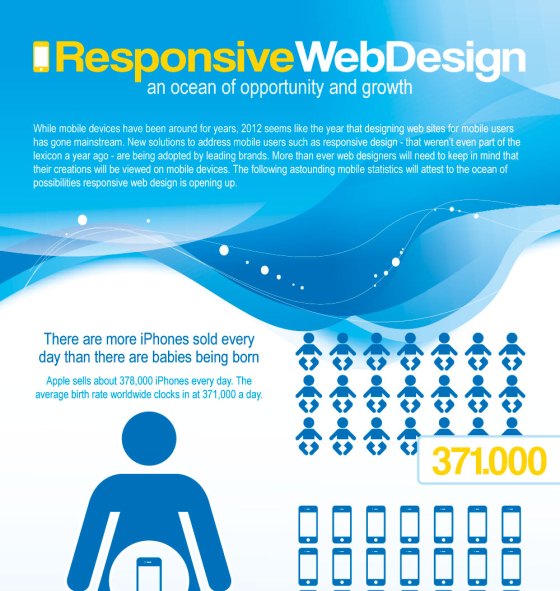Site Style Fundamentals: Tips For Building A User-Friendly Site
Site Style Fundamentals: Tips For Building A User-Friendly Site
Blog Article
Written By-McKnight Thrane
When it pertains to website layout, ensuring user-friendliness is key. From website company fort worth to structured navigation, every component plays a critical duty in producing a website that satisfies your audience's needs. Yet what about the better details that can make or break an individual's surfing experience? Remain tuned as we uncover some often-overlooked ideas that can boost your internet site's usability to the following level, making it absolutely attract attention in the digital landscape.
Value of Responsive Design
Responsive design is a crucial element of modern-day site development. Guaranteeing your website is responsive methods that it can adjust to various screen sizes and devices, providing a seamless experience for users.
With the increasing use of smart devices and tablet computers to access the internet, having a responsive layout is vital for reaching a wider target market. It aids in improving customer experience by making your web site easy to navigate and keep reading any kind of gadget.
Furthermore, Highly recommended Web-site can favorably influence your search engine rankings, as internet search engine like Google focus on mobile-friendly internet sites. By having a receptive style, you're likewise future-proofing your web site, as new gadgets with differing screen sizes continue to emerge.
Simplify Navigation Framework
To boost individual experience and promote simple access to info on your web site, improving the navigation structure is extremely important. When designing your website, focus on developing a clear and user-friendly navigating menu that assists visitors discover what they're seeking quickly.
Restriction the variety of menu things to the basics, organizing related web pages with each other to prevent overwhelming users. Use https://www.htmlgoodies.com/seo/what-is-on-page-search-engine-optimization/ that plainly suggest the content of each page, making it much easier for customers to comprehend where each link will certainly take them.
Think about carrying out dropdown menus for subcategories to stop jumbling the primary navigation bar. In addition, consist of a search bar prominently on the page for users who choose searching for particular details.
Prioritize mobile responsiveness in your navigation design to make sure easy access on all gadgets.
Maximize Web Page Load Speed
Improving web page load speed is crucial for preserving site visitors on your web site. Slow-loading web pages frustrate individuals and can lead to high bounce rates. To maximize web page lots speed, start by optimizing photos. Press pictures without endangering high quality to decrease their data sizes.
Additionally, make it possible for web browser caching to store regularly accessed sources locally, quickening load times for returning visitors. Minify CSS, JavaScript, and HTML data by removing unnecessary characters, remarks, and format, boosting load rate.
Consider utilizing a material distribution network (CDN) to distribute your website's material across several web servers worldwide, reducing latency for individuals accessing your site from various areas. Finally, restrict making use of third-party manuscripts and plugins, as they can substantially influence load times.
Final thought
In conclusion, by integrating receptive design, streamlining navigating, and maximizing web page lots rate, you can produce an user-friendly website that interest a wider target market and improves user experience. These essential elements ensure that visitors can quickly accessibility and browse your site across different gadgets, leading to increased engagement and contentment. By concentrating on these vital elements, you can develop an effective website that maintains users coming back for more.
